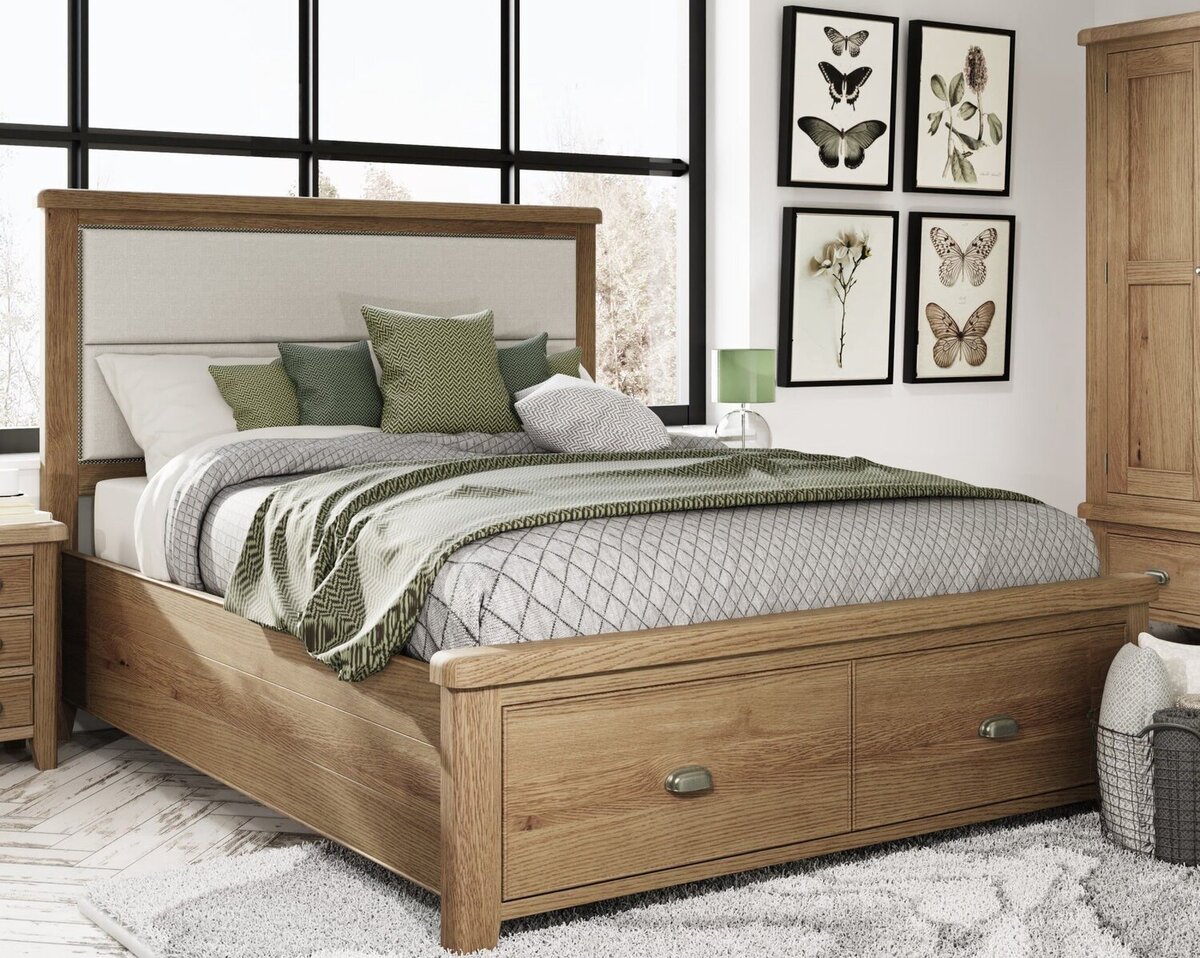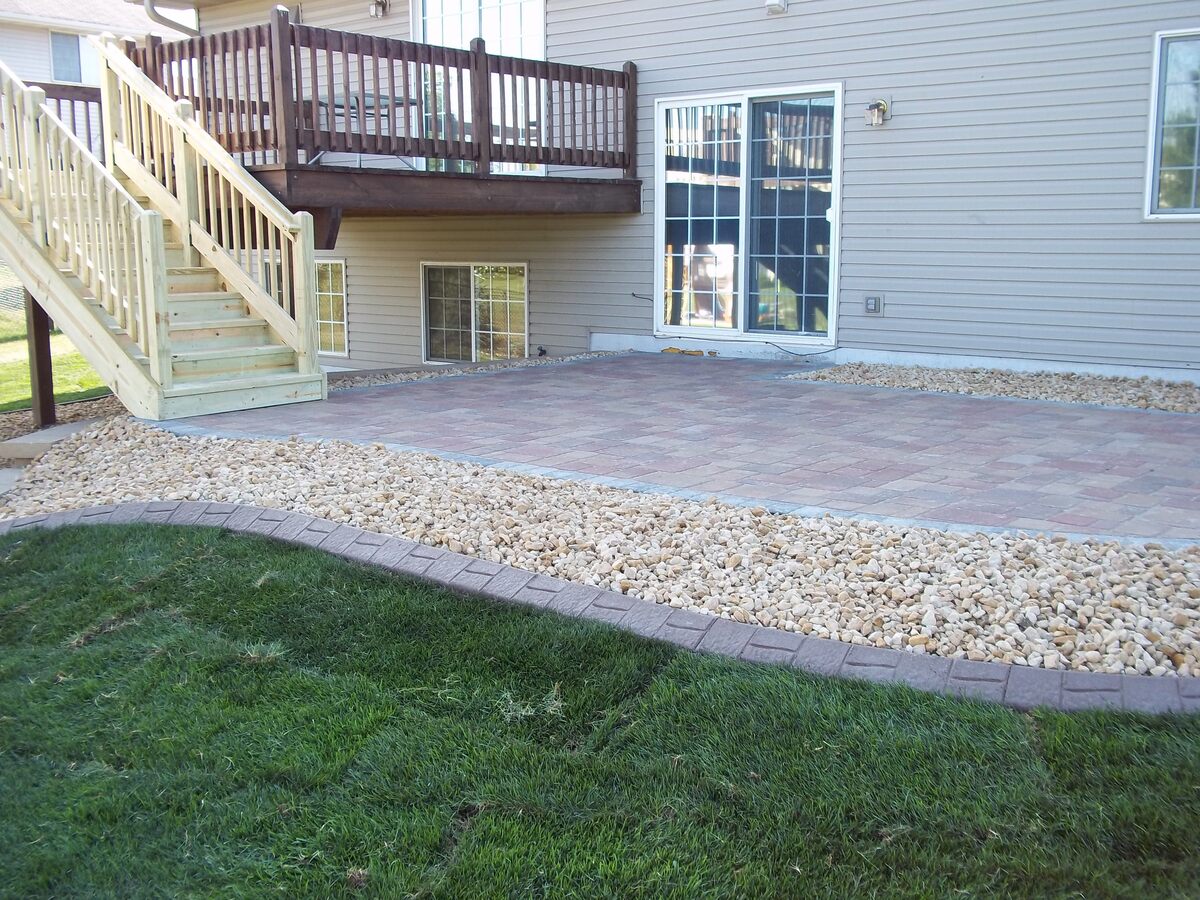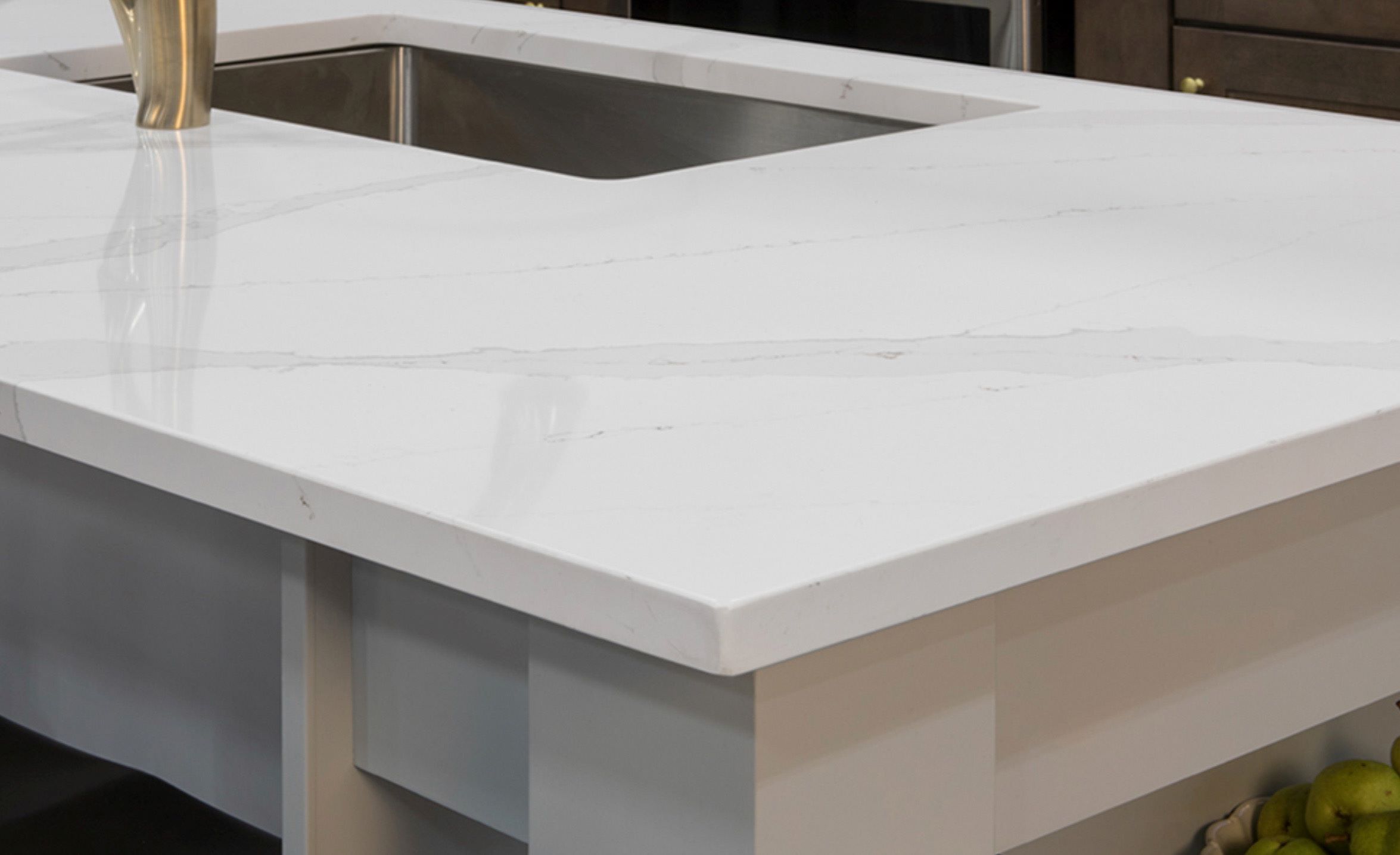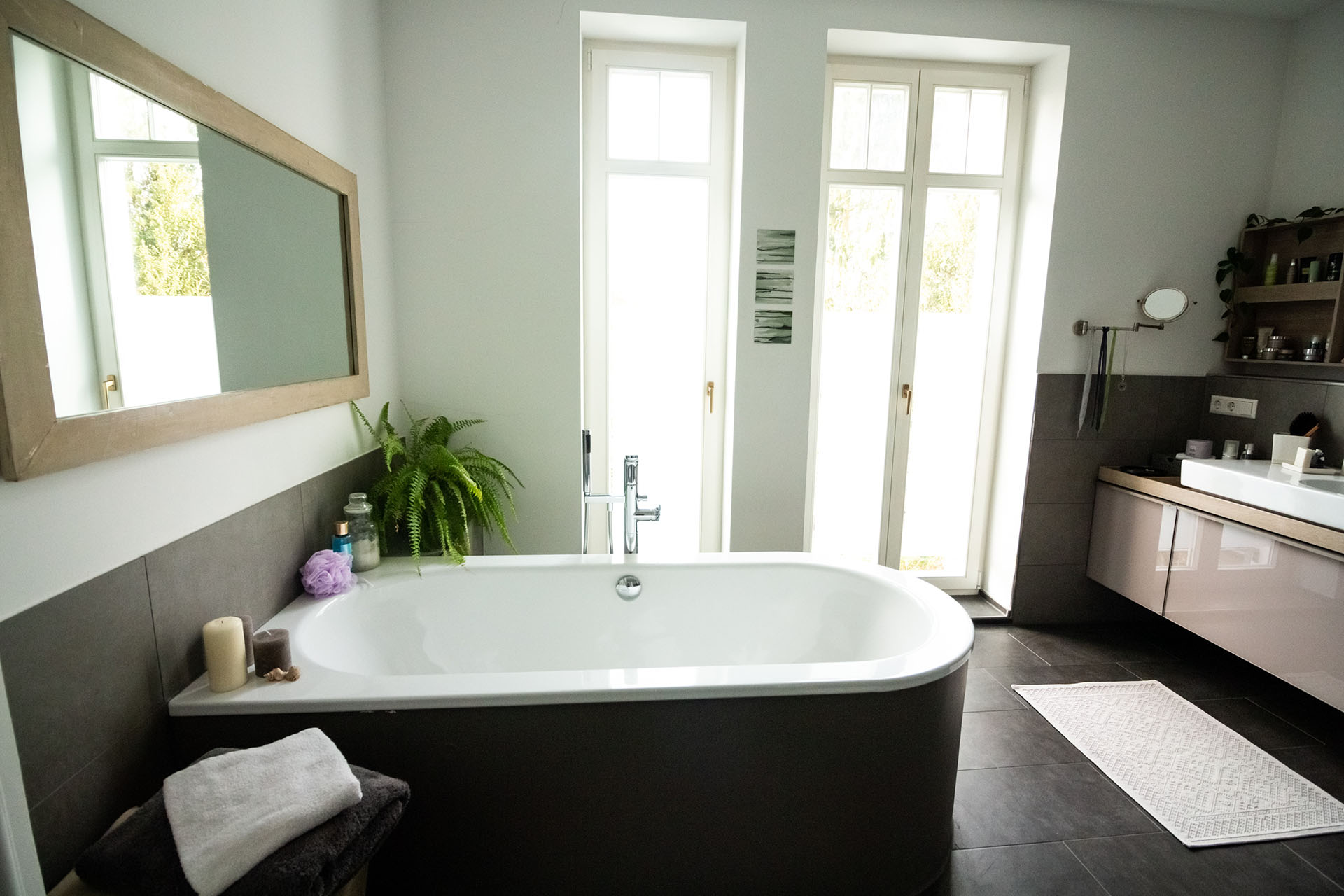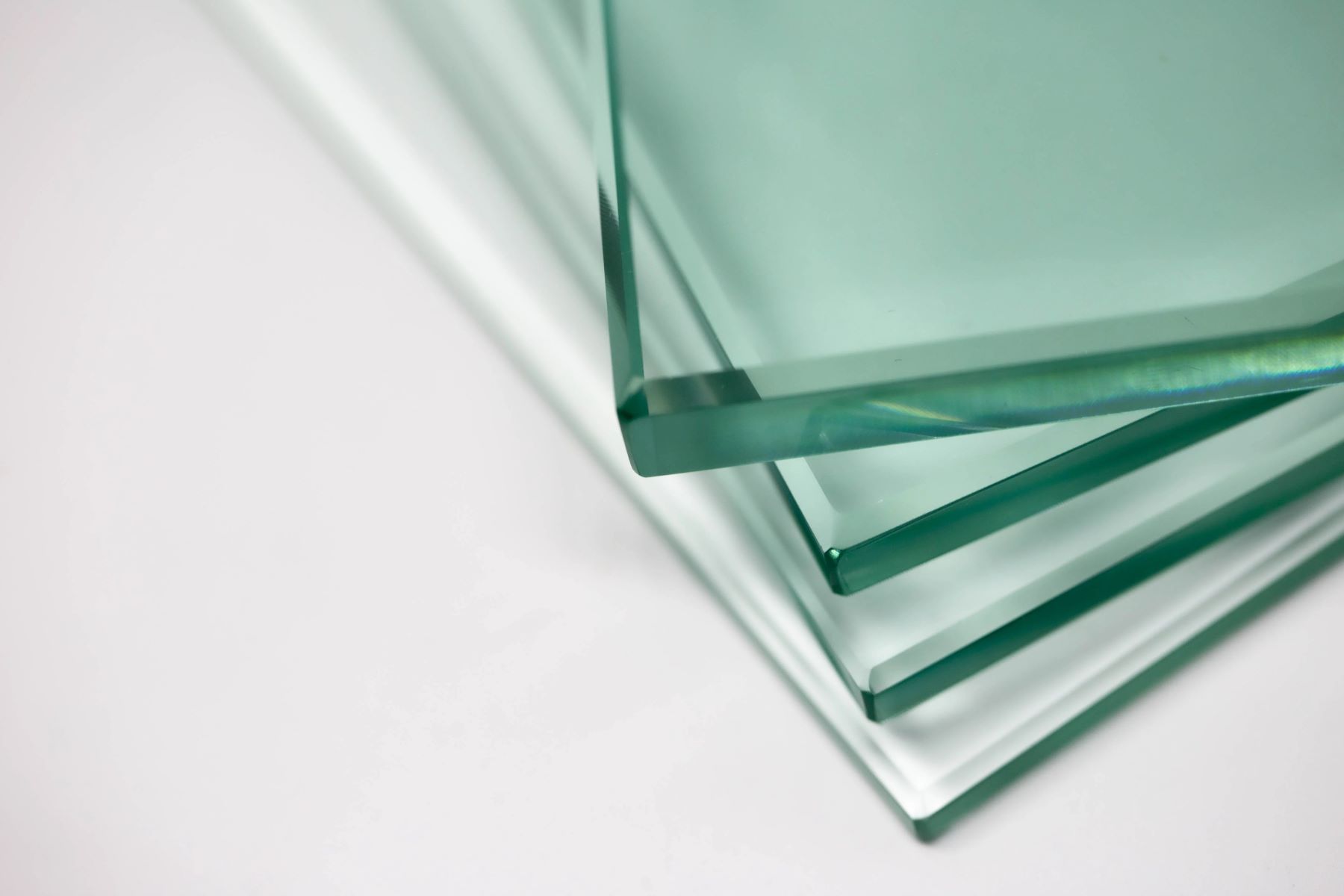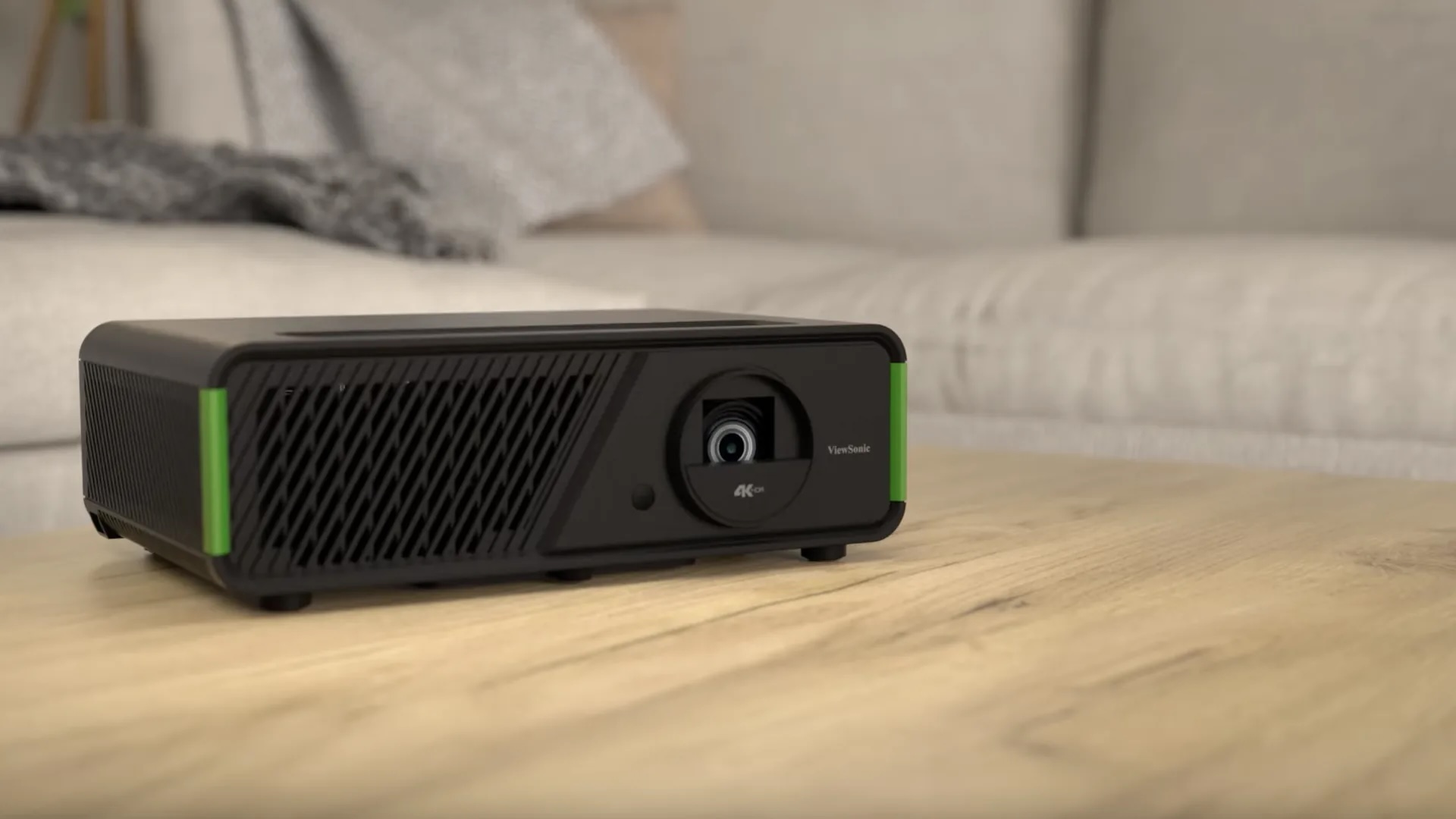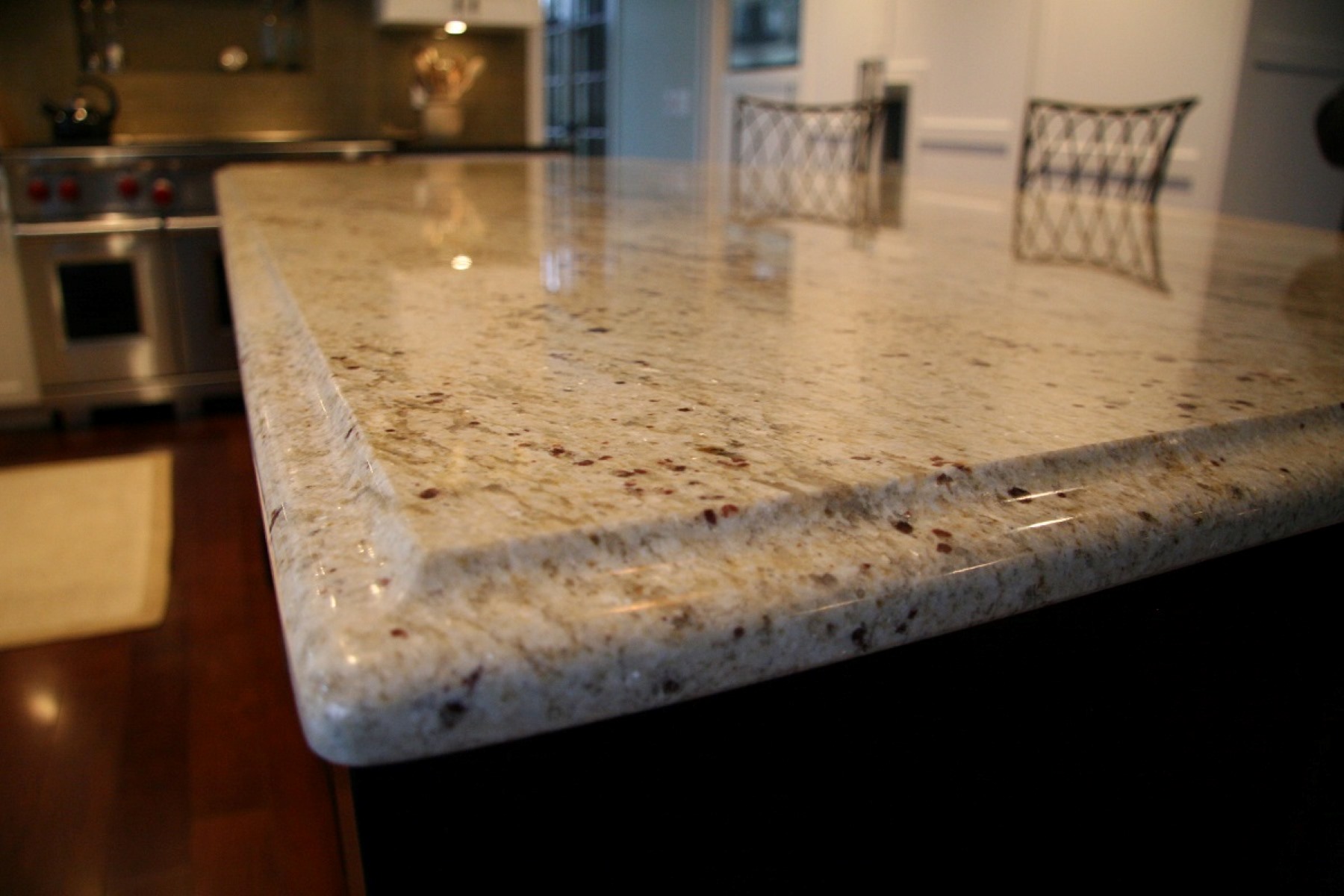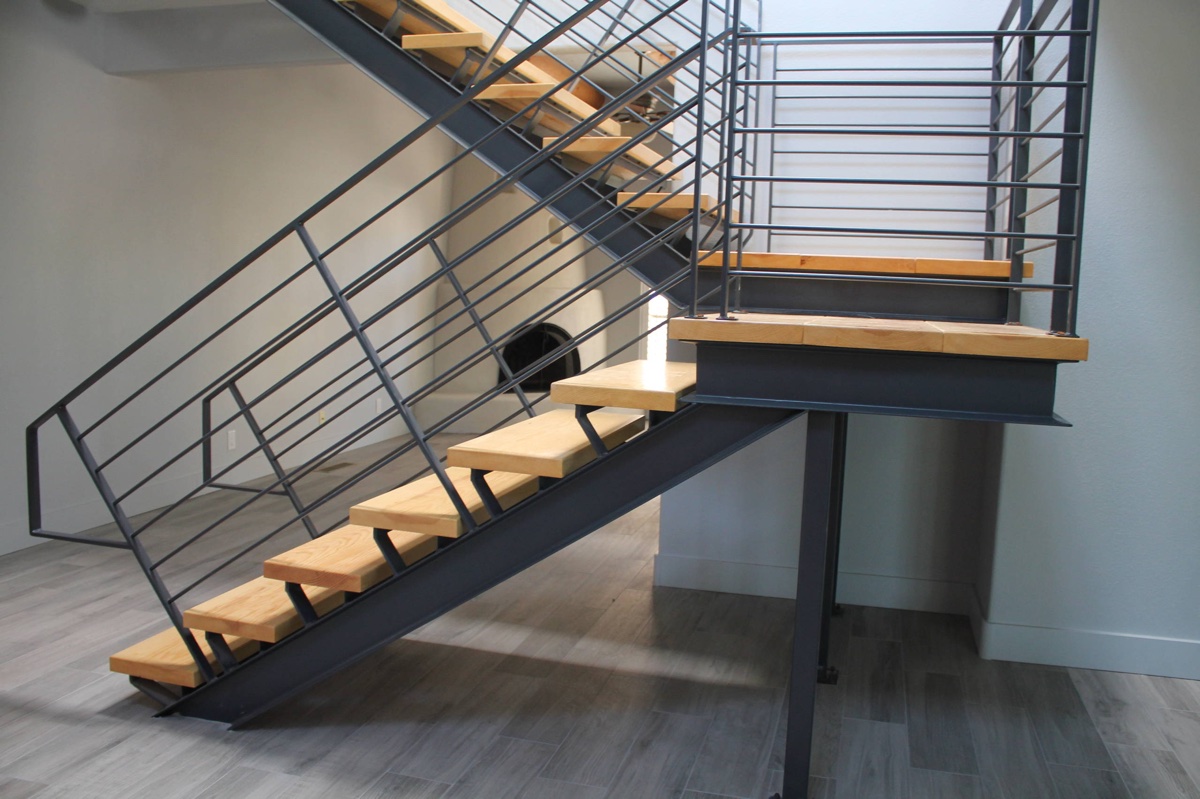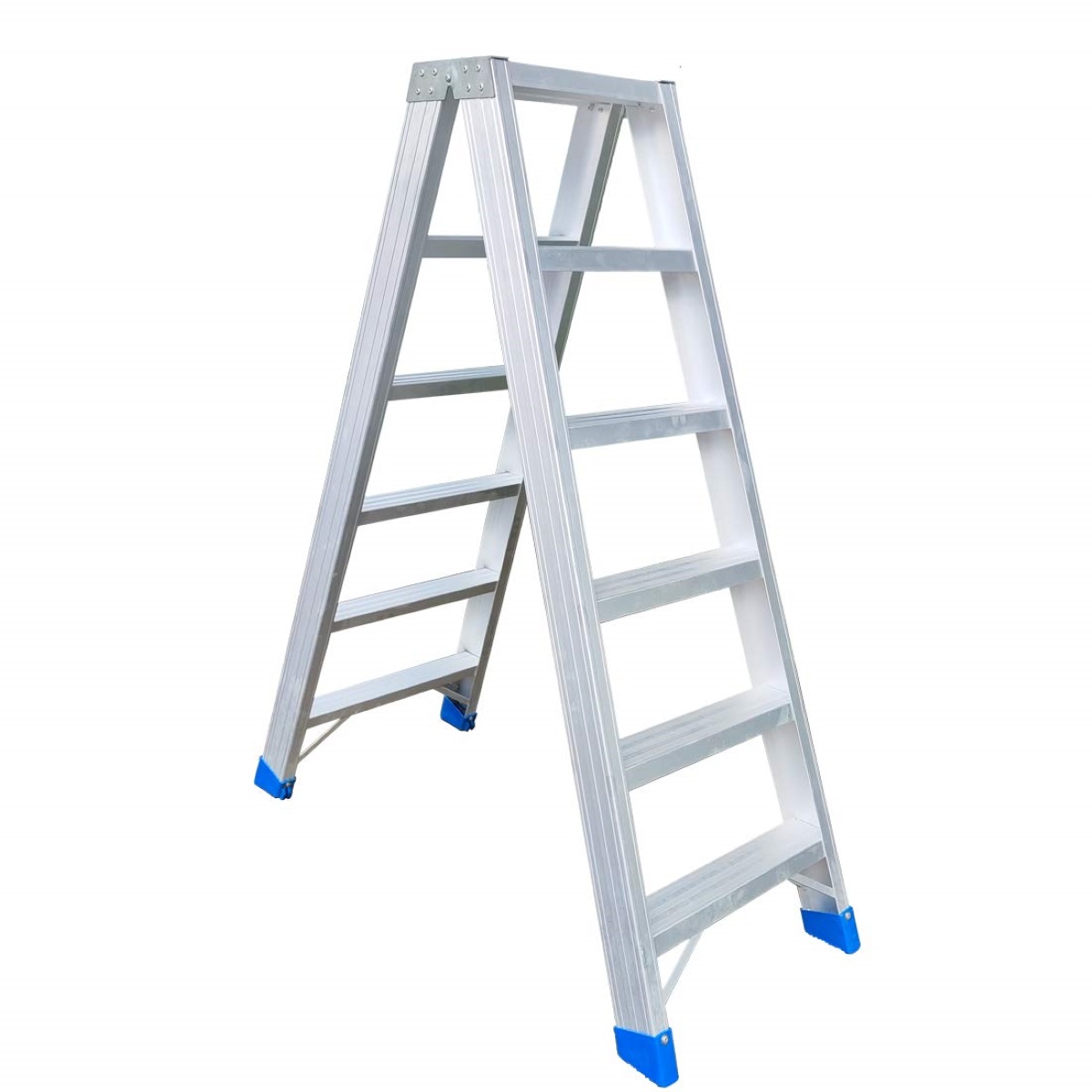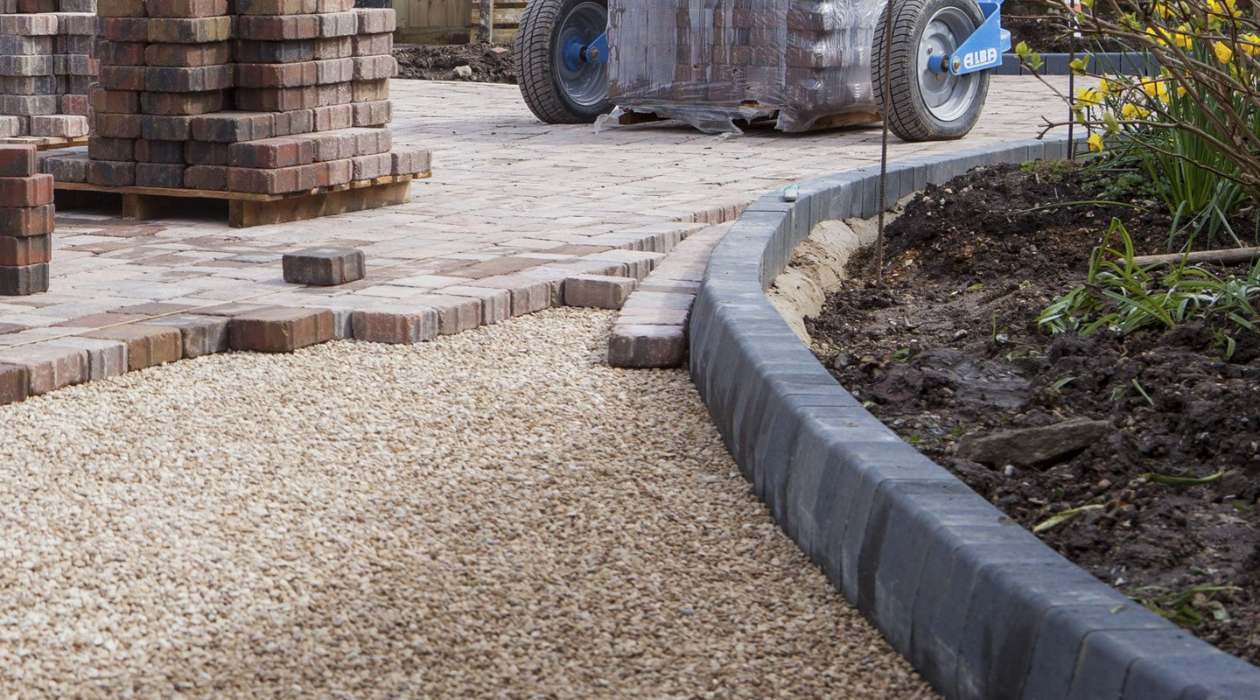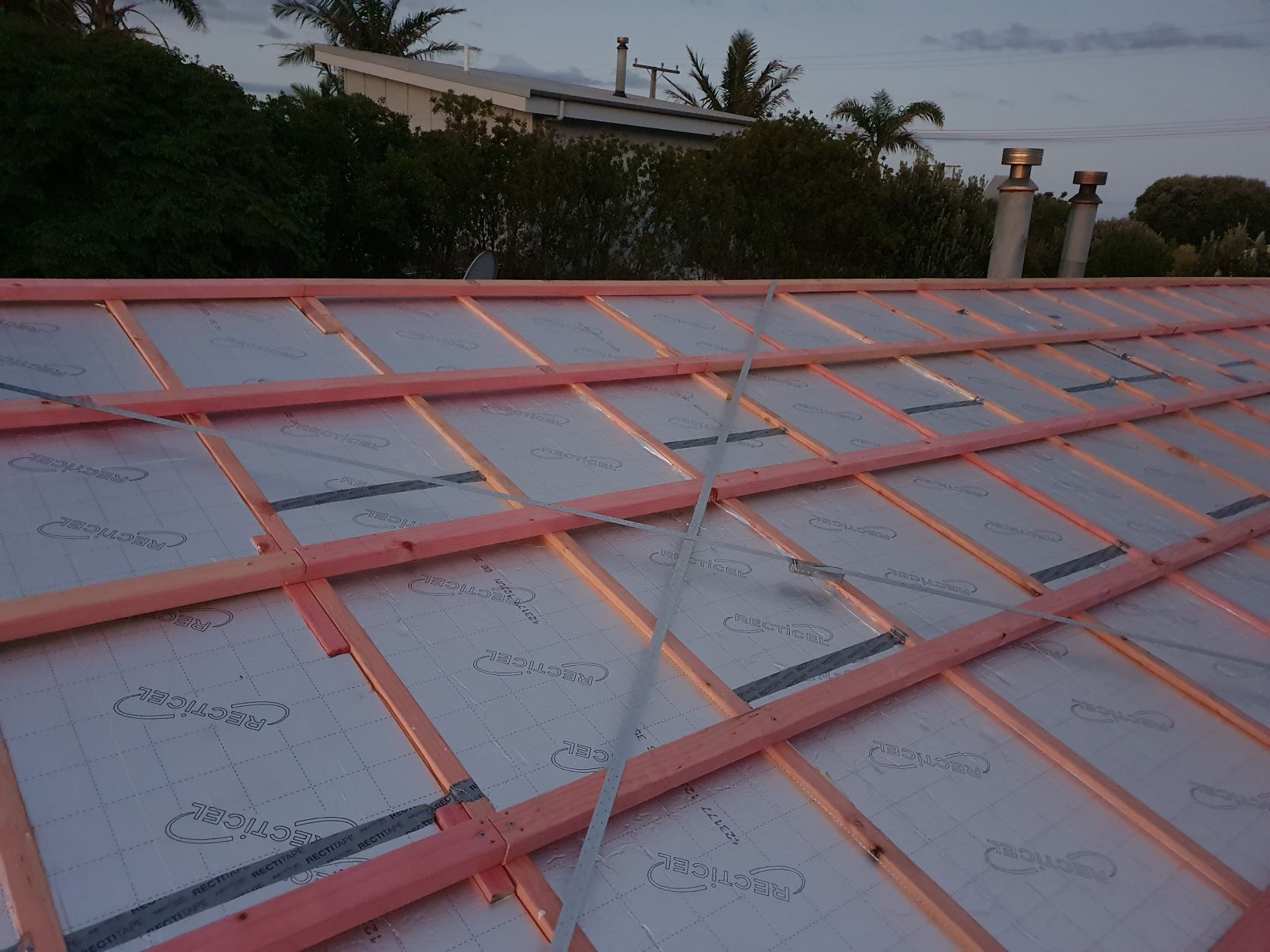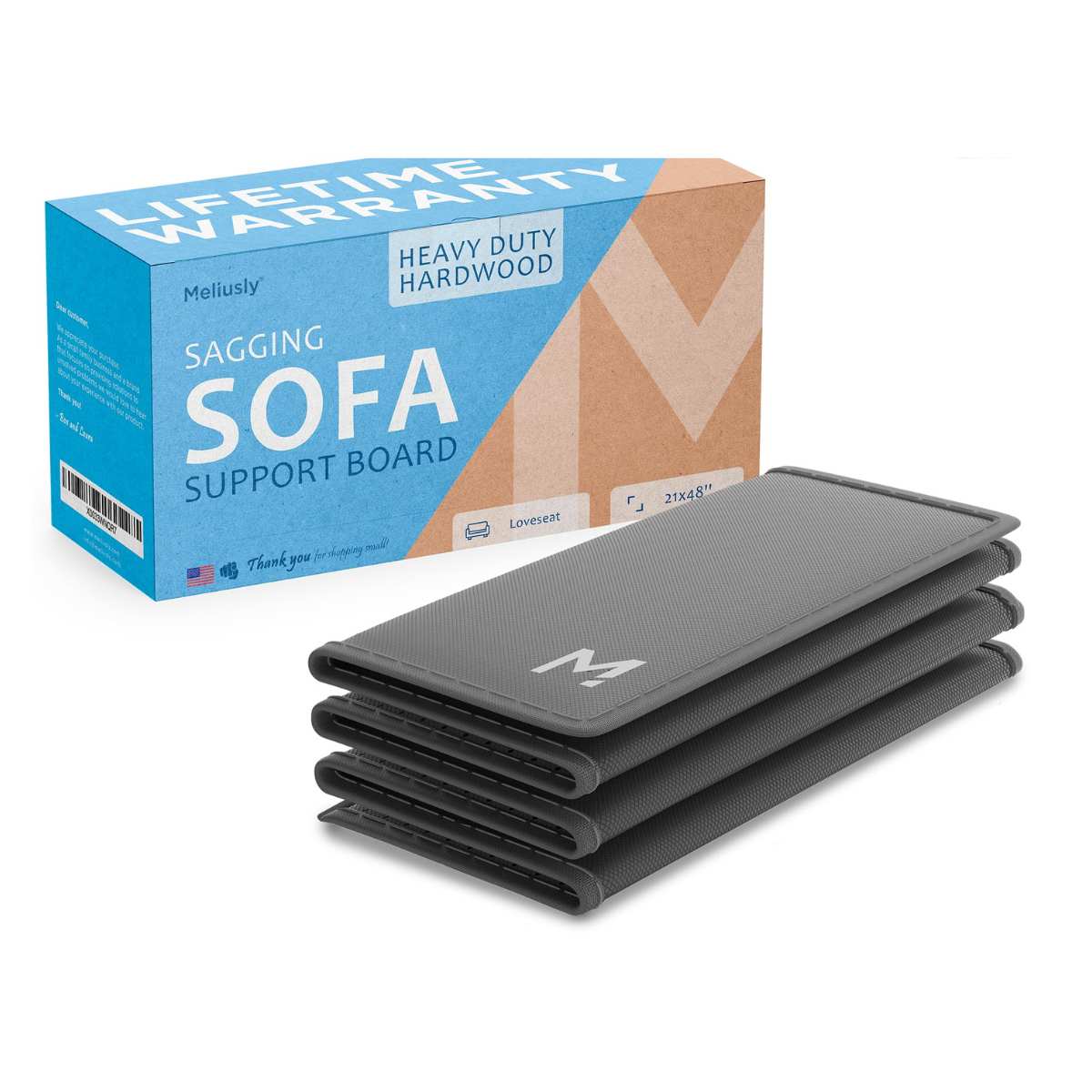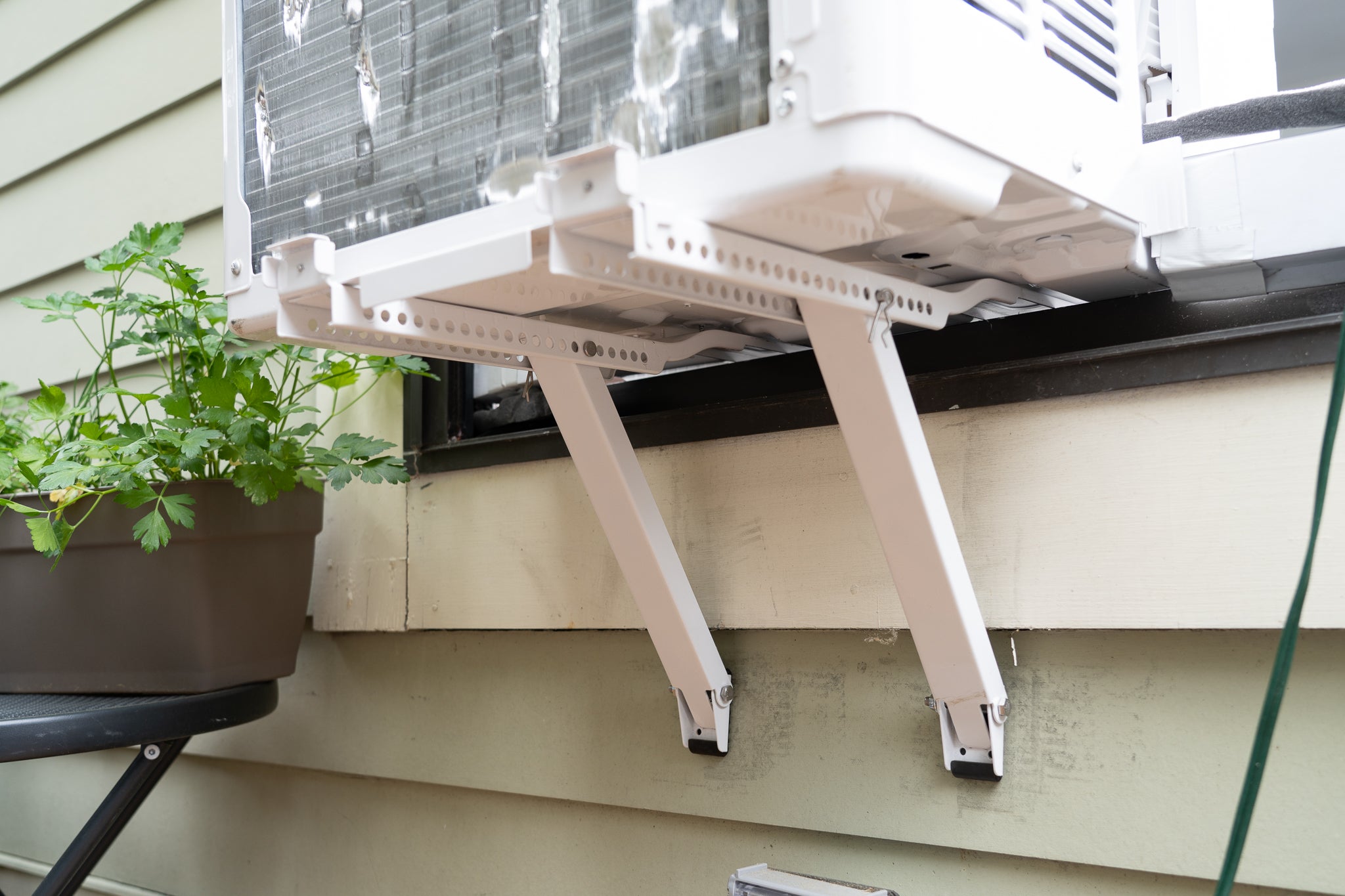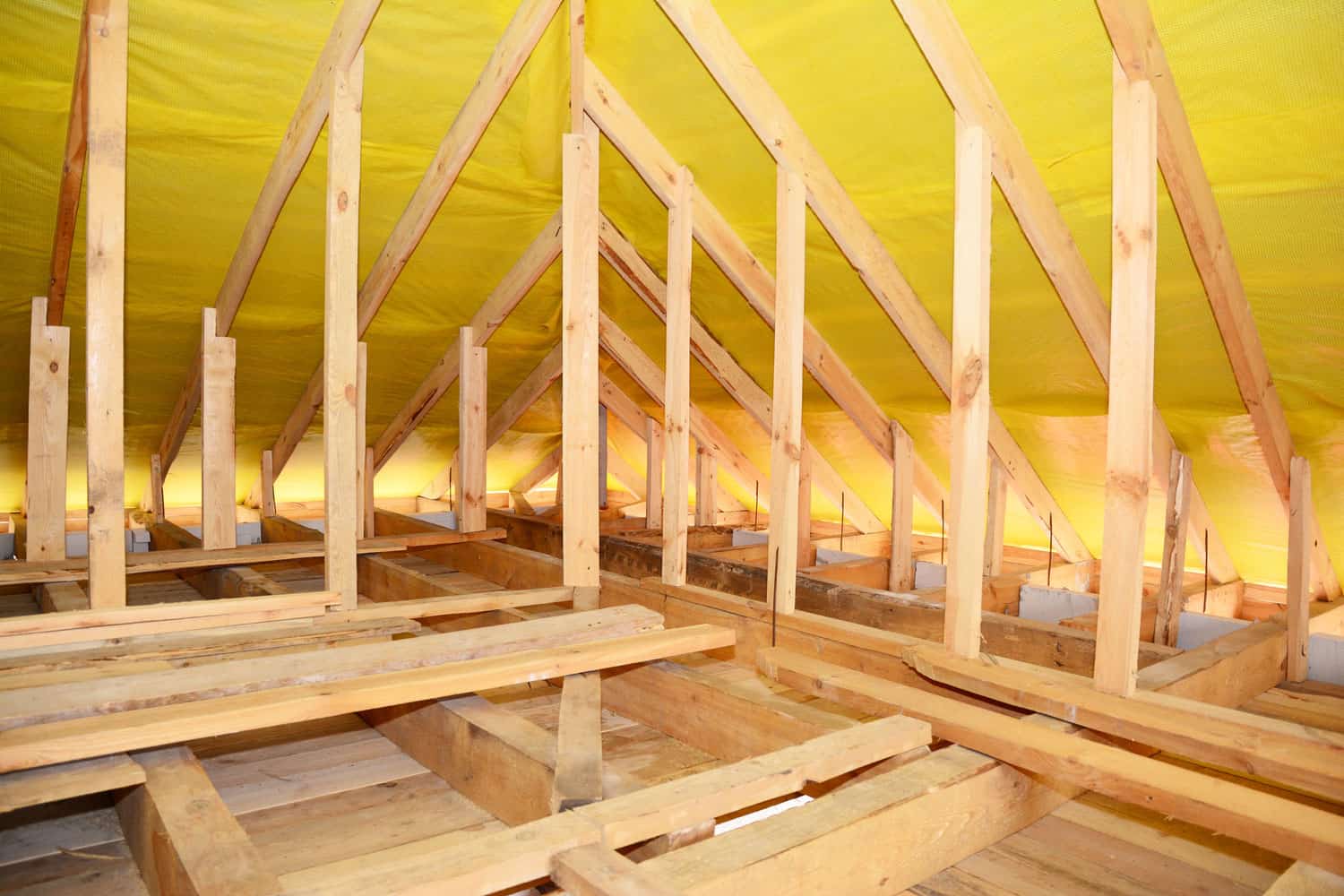Home>Furniture>Bedroom Furniture>What Is Edge Support On A Mattress
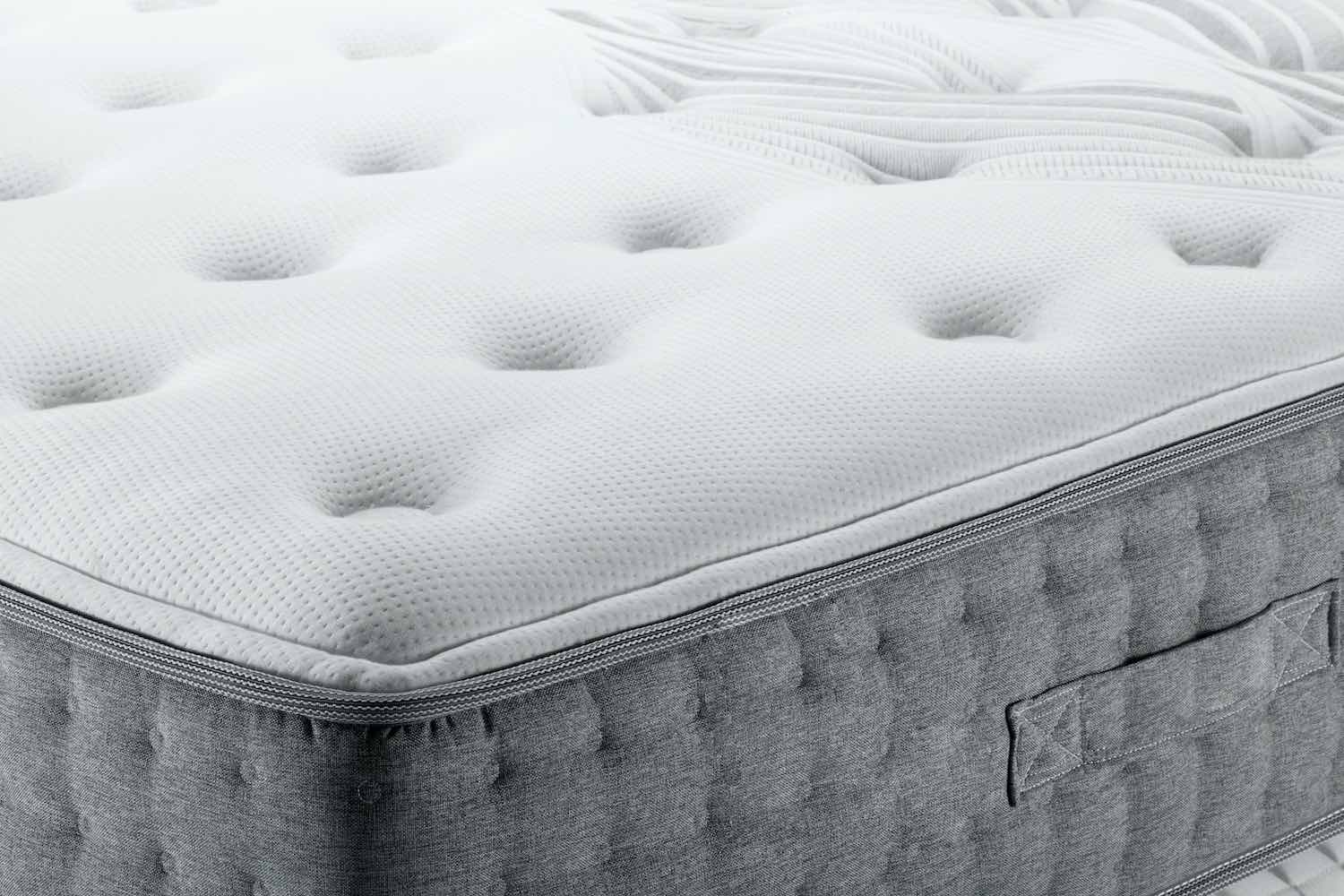

Bedroom Furniture
What Is Edge Support On A Mattress
Modified: October 21, 2024
Discover the importance of edge support on a mattress for your bedroom furniture. Learn how it enhances stability and maximizes sleep surface, ensuring a comfortable night's rest.
(Many of the links in this article redirect to a specific reviewed product. Your purchase of these products through affiliate links helps to generate commission for Storables.com, at no extra cost. Learn more)
Introduction
Welcome to the world of bedroom furniture, where comfort and style merge to create a serene sanctuary for relaxation. When it comes to designing the perfect bedroom, one element that often goes unnoticed yet plays a crucial role is the mattress. An essential component of a good mattress is edge support, which ensures that the edges remain supportive and stable, providing a consistent sleeping surface from edge to edge. In this article, we will explore what exactly edge support is, why it is important, and how it can enhance your sleep experience.
Edge support refers to the reinforcement system around the perimeter of a mattress, designed to provide stability and prevent sagging or collapse when pressure is applied to the edges. It is particularly crucial for those who tend to sleep near the edges of the bed or frequently sit on the edge.
The significance of edge support cannot be overstated. It plays a vital role in extending the lifespan of a mattress by preventing premature sagging and ensuring even wear and tear. Additionally, a mattress with good edge support prevents the feeling of rolling off when you sleep near the edge, allowing you to fully utilize the sleeping surface. Moreover, edge support enhances the overall structural integrity of the mattress, improving its durability and stability.
There are a plethora of benefits associated with a mattress that has excellent edge support. Firstly, it enhances the sleeping experience by providing a consistent and stable surface, allowing you to sleep comfortably without worrying about feeling unsupported near the edges. Secondly, edge support can facilitate better edge-to-edge support and minimize the motion transfer, which is particularly beneficial for couples who share a bed. It ensures that each individual has their own designated sleep space without disturbing their partner’s slumber.
Several factors influence the effectiveness of edge support on a mattress. The type of support system used, the quality of the materials, and the structural design all play a crucial role. Some common edge support systems include foam encasements, coil encasements, and reinforced borders. Each system has its own advantages and unique characteristics, catering to different preferences and needs.
So how can you test the edge support on a mattress? One simple way is to sit or lie down near the edge and observe the level of support and stability. If you feel secure and balanced without any noticeable sinking or sagging, it indicates good edge support. Additionally, reading customer reviews and getting recommendations can also provide valuable insights into the performance of a mattress in terms of edge support.
If you have a mattress lacking in edge support, don’t fret! There are ways to improve it. One option is to invest in a mattress topper or a mattress pad that offers additional support. Another solution is to use a bed frame or a foundation with solid perimeter support that reinforces the edges.
To sum it up, edge support is a crucial factor to consider when choosing a mattress. It ensures stability, comfort, and durability, making your sleep experience truly exceptional. By understanding the importance of edge support and knowing how to evaluate it, you can make an informed decision and select the perfect mattress for your sleep haven.
Stay tuned as we delve deeper into the world of bedroom furniture and explore various aspects of creating a dreamy sleep environment!
Key Takeaways:
- Good edge support on a mattress ensures stability, prevents sagging, and maximizes usable sleeping space, contributing to a comfortable and uninterrupted sleep experience.
- Factors such as mattress type, support system, foam density, and design influence the effectiveness of edge support, allowing for personalized selection based on individual sleep preferences and habits.
Read more: What Is Edging In Lawn Care
What is Edge Support?
Edge support refers to the reinforcement system that is strategically placed around the perimeter of a mattress to provide stability and prevent sagging or collapse when pressure is applied to the edges. It is a key feature of a mattress that ensures consistent support and prevents the feeling of rolling off the bed.
Typically, mattresses are constructed with layers of materials, such as foam, springs, or a combination of both, to create a comfortable and supportive sleep surface. However, without proper edge support, the edges of the mattress may lack the necessary reinforcement, leading to a less stable and secure feeling when sitting or sleeping near the edge.
Edge support can vary depending on the design and construction of the mattress. Some mattresses have a solid foam border that surrounds the entire perimeter, providing excellent edge-to-edge support. Others may use coil encasements, where the coils along the edge of the mattress are reinforced with a firm material to enhance stability. There are also mattresses that utilize reinforced borders or other advanced support systems to ensure maximum edge support.
One of the main purposes of edge support is to extend the lifespan of the mattress. When pressure is applied to the edges, a mattress with inadequate support may sag or deform over time. This not only compromises the appearance and functionality of the mattress, but it can also lead to discomfort and disrupt your sleep. Good edge support helps distribute the pressure evenly across the surface, preventing premature sagging and ensuring the mattress maintains its shape and structural integrity.
In addition, edge support plays a crucial role in maximizing the usable sleeping surface. Without proper reinforcement, you may feel like you are going to roll off the edge when sitting or sleeping near it. This can be especially problematic for individuals who share a bed, as it limits the usable space and can lead to a less restful sleep. With effective edge support, you can confidently utilize the entire surface area of the mattress, allowing for a more comfortable sleep experience.
Another benefit of good edge support is improved motion transfer isolation. When you or your partner move or change positions during sleep, a mattress with poor edge support may transmit those movements across the surface, leading to disturbances and potential sleep disruptions. Edge support helps to minimize the transfer of motion, ensuring that you and your partner can enjoy a peaceful and undisturbed sleep, even if you are near the edge of the mattress.
Overall, edge support is a critical aspect to consider when purchasing a mattress. It not only affects the overall comfort and durability of the mattress, but it also plays a significant role in ensuring a consistent and stable sleep surface from edge to edge. Whether you prefer a soft or firm mattress, having adequate edge support is essential for a restful and rejuvenating sleep experience.
Importance of Edge Support on a Mattress
Edge support on a mattress is more than just a nice-to-have feature. It plays a crucial role in ensuring a comfortable and supportive sleep experience. Let’s explore the importance of edge support and how it can enhance your overall mattress performance.
One key reason why edge support is important is its ability to extend the lifespan of your mattress. When you sit or sleep near the edge of a mattress without proper support, it can lead to sagging or deformation over time. This not only affects the aesthetic appeal of the mattress but also compromises its structural integrity. With good edge support, the weight is evenly distributed across the surface, preventing premature sagging and ensuring the mattress maintains its shape and durability.
Another benefit of edge support is its impact on maximizing the usable sleeping surface. A mattress without sufficient edge support can make you feel like you might roll off the bed when sitting or sleeping near the edge. This limits the usable space and can be a source of discomfort and disruption to your sleep. Effective edge support provides a stable and secure perimeter, allowing you to confidently utilize the entire surface area of the mattress.
Edge support also plays a significant role in enhancing the overall comfort and stability of the mattress. When you sit on the edge, a mattress with poor support can sink or collapse, causing an unbalanced and unstable feeling. This can make activities such as getting in and out of bed or putting on shoes more challenging. With proper edge support, you can enjoy a stable and supportive surface, making daily activities easier and more convenient.
Furthermore, edge support can improve the edge-to-edge support of the mattress, minimizing motion transfer. When you or your partner move or change positions during sleep, a mattress without good edge support may transmit those movements across the surface, leading to disruptions and potential sleep disturbances. The presence of edge support helps to isolate motion, ensuring that you and your partner can enjoy a peaceful and undisturbed sleep, regardless of your position on the mattress.
For those individuals who sit on the edge of the bed frequently, either for getting ready or putting on shoes, edge support is even more crucial. It provides a comfortable sitting area and prevents the edges from sinking or collapsing, offering adequate support and stability.
Moreover, edge support can also enhance the overall aesthetics of a mattress. With a solid and well-supported perimeter, the mattress maintains a visually appealing shape, without any unsightly sagging or unevenness along the edges. This can contribute to a more polished and neat appearance for your bedroom decor.
In summary, edge support is an essential aspect to consider when choosing a mattress. It not only contributes to the longevity and overall performance of the mattress, but it also ensures maximum comfort, support, and stability. Whether you have a preference for soft or firm mattresses, having good edge support is crucial for an optimal sleep experience and a happy, well-rested you.
Benefits of Good Edge Support
Investing in a mattress with good edge support can bring numerous benefits that enhance your sleep experience and overall comfort. Let’s dive into the advantages of having a mattress that provides excellent edge support.
1. Enhanced Sleeping Surface: A mattress with good edge support ensures a consistent and reliable sleeping surface from edge to edge. You can sleep with confidence, knowing that the edges of the mattress will provide the same level of support as the center. This eliminates the risk of feeling unsupported or uncomfortable when sleeping near the edge of the bed.
2. Increased Usable Space: Edge support allows you to maximize the usable sleeping area of your mattress. Unlike mattresses with poor edge support, which may make you feel like you’re going to roll off the bed, a mattress with excellent edge support lets you utilize the entire surface, providing more space and freedom to move without constraints.
3. Improved Stability: A mattress lacking in edge support can lead to a sinking or collapsing sensation when sitting or lying near the edge. Good edge support reinforces the perimeters of the mattress, offering stability and preventing any uneven or unstable feeling. This is particularly beneficial for activities such as sitting on the edge of the bed, making it more comfortable and secure.
4. Motion Isolation: Edge support can also help to reduce motion transfer between sleep partners. If you or your partner tend to shift positions or get out of bed frequently during the night, a mattress with good edge support will minimize the disturbance caused by these movements. This ensures that both of you can enjoy uninterrupted sleep, even if you are close to the edge.
5. Extended Mattress Lifespan: Edge support contributes to the overall durability and longevity of the mattress. When pressure is applied to the edges, a mattress with insufficient support may sag or deform over time. Good edge support helps distribute pressure evenly across the surface, preventing premature wear and tear, and ensuring that your mattress lasts longer.
6. Comfortable Seating Area: If you use the edge of your bed as a seating area for activities such as reading, working, or putting on shoes, good edge support is essential for comfort. It allows you to sit comfortably without experiencing any sinking or instability, providing a solid and supportive surface.
7. Aesthetically Pleasing: A mattress with good edge support maintains a visually pleasing and well-structured appearance. Instead of having visible sagging or deformities along the edges, a mattress that offers proper support maintains its shape, contributing to a more attractive and polished look for your bedroom.
By considering these benefits, you can see why good edge support is a crucial factor to prioritize when selecting a mattress. It ensures a reliable and stable sleep surface, maximizes usable space, and improves overall comfort and durability. With a mattress that provides excellent edge support, you can enjoy a restful night’s sleep and wake up feeling refreshed and rejuvenated.
Factors Affecting Edge Support
Several factors contribute to the level of edge support provided by a mattress. Understanding these factors can help you make an informed decision when selecting a mattress that meets your specific needs and preferences. Let’s explore the key factors that affect edge support:
1. Mattress Type: Different types of mattresses have varying degrees of edge support. Innerspring mattresses often have a perimeter of coils that provide additional reinforcement, resulting in good edge support. Memory foam mattresses, on the other hand, may have less edge support due to the nature of the foam material. Hybrid mattresses, which combine both foam and innerspring elements, can offer a balance between contouring comfort and solid edge support.
2. Support System: The support system used in the construction of a mattress can significantly impact its edge support. Coil systems, such as pocketed coils or continuous coils, are known for their excellent edge support. The coils provide a sturdy and stable base, preventing excessive sinking or sagging when pressure is applied to the edges. Foam mattresses may use different types of foam, and the density and firmness of the foam layers can affect the edge support provided.
3. Foam Density: In foam mattresses, the density of the foam plays a critical role in determining the level of edge support. Higher foam density generally translates to better edge support. Denser foams offer greater resistance to compression, providing a more solid and supportive feel near the edges of the mattress.
4. Firmness Level: The firmness of a mattress can influence its edge support. Firmer mattresses, such as those labeled as medium-firm or firm, tend to have better edge support compared to softer mattresses. The added firmness provides a more stable surface, reducing the risk of sinking or collapsing when sitting or sleeping near the edge.
5. Mattress Thickness: The thickness of the mattress can also affect its edge support. Thicker mattresses often provide better edge support as they tend to have more layers of support materials, which contribute to overall stability and durability. Thinner mattresses may have less reinforcement around the perimeter, resulting in less supportive edges.
6. Quality of Materials: The quality of materials used in the construction of the mattress can impact its edge support. High-quality foams, coils, and other support materials offer better resilience and durability, leading to improved edge support. Cheaper or lower-quality materials may compress or deteriorate more quickly, compromising the edge support of the mattress.
7. Design and Construction: The overall design and construction of a mattress play a significant role in determining its edge support. Some mattresses incorporate specific edge support systems, such as foam encasements or coil encasements, which provide added reinforcement around the edges. These design features enhance the edge support and stability of the mattress.
Remember that the importance of edge support may vary depending on your specific sleep preferences and habits. If you tend to sleep towards the center of the bed and rarely use the edges, edge support might be less of a concern for you. However, if you frequently sit or sleep near the edges, prioritizing good edge support becomes essential for a comfortable and supportive sleep experience.
By considering these factors and understanding how they affect edge support, you can make an informed decision when selecting a mattress that aligns with your desired level of support and comfort.
When looking for a mattress, pay attention to the edge support. This refers to the ability of the mattress to support your weight and prevent sagging when sitting or lying on the edge. Good edge support can provide a larger usable sleep surface and prevent the feeling of rolling off the bed.
Read more: What Is A Drip Edge On A Roof
Different Types of Edge Support Systems
When it comes to edge support on mattresses, there are various systems and technologies employed to ensure stability and prevent sagging. Each type of edge support system has its own unique features and advantages. Let’s explore some of the different types of edge support systems commonly found in mattresses:
1. Foam Encasement: Foam encasement is a popular edge support system that utilizes a high-density foam border around the perimeter of the mattress. This foam encasement creates a solid and supportive edge, preventing excessive sinking or sagging. Foam encasements are known for providing consistent edge-to-edge support and enhancing the overall durability of the mattress. They also help reduce motion transfer, allowing you and your partner to enjoy undisturbed sleep even near the edge of the bed.
2. Coil Encasement: Coil encasement or coil edge support is commonly found in innerspring and hybrid mattresses. This system involves reinforcing the coils along the edges with a firmer border wire or foam encasement. The reinforced coils provide sturdy support to the edges, preventing them from collapsing or sagging. Coil encasements offer excellent edge support, allowing you to sit or sleep comfortably near the edge without the fear of rolling off.
3. Reinforced Borders: Some mattresses feature reinforced border systems, where the edges of the mattress are reinforced with additional layers of foam or support material. These reinforced borders help maintain the shape and structure of the mattress, ensuring consistent support from edge to edge. Reinforced borders enhance the overall longevity and durability of the mattress, preventing sagging and deformation over time.
4. Solid Edge Systems: Solid edge systems are typically found in higher-end mattresses and luxury models. These systems utilize a solid foundation or base, which extends all the way to the edges of the mattress. Solid edge systems provide exceptional edge support and stability, preventing any sinking or collapsing near the perimeter. This type of edge support is particularly beneficial for individuals who frequently sit or sleep near the edge and require a secure and reliable surface.
5. Reinforced Foam Edges: Some mattresses incorporate reinforced foam edges, where the foam layers along the edges of the mattress are denser and firmer compared to the rest of the mattress. These reinforced foam edges help maintain the structural integrity of the mattress and provide enhanced support near the edges. They offer a solid and stable surface, ensuring a consistent sleeping experience from edge to edge.
Each type of edge support system has its own advantages and considerations, and the right choice depends on your personal preferences and sleep needs. Whether you prefer the contouring comfort of foam encasements, the traditional support of coil encasement, or the maximum edge support of solid edge systems, there is a mattress with the perfect edge support system to meet your requirements.
When shopping for a mattress, it’s important to consider the materials used in the edge support system and read customer reviews to gain insights into the performance and effectiveness of the edge support. Understanding the different types of edge support systems can help you make an informed decision and choose a mattress that offers the optimal balance of support, comfort, and durability.
How to Test Edge Support on a Mattress
Testing the edge support of a mattress is an essential step in determining its stability and suitability for your sleep needs. Here are some simple methods you can use to assess the edge support on a mattress:
1. Sit on the Edge: Sit on the edge of the mattress and take note of how it feels. A mattress with good edge support should provide a stable and supportive surface without excessive sinking. You should feel balanced and secure, without the sensation of rolling off or feeling unsupported near the edge. Pay attention to the overall comfort and stability as you sit on different areas of the edge.
2. Lie on the Edge: Lie down near the edge of the mattress and observe how it supports your weight. A mattress with excellent edge support should prevent excessive compression or sinking when you lie near the edge. You should feel supported and comfortable, without a noticeable difference in support between the center and the edges of the mattress.
3. Roll Over to the Edge: If you tend to change sleep positions or roll over during the night, try rolling over to the edge of the mattress. Observe how well the mattress supports you when you are near the edge. It should provide a stable and supportive surface, allowing you to change positions without feeling like you might roll off or lose support.
4. Sit on the Edge and Put on Shoes: Sit on the edge of the mattress and proceed to put on your shoes. Note how well the edge supports your weight and provides a solid foundation for the activity. The edge should remain stable and supportive, allowing you to comfortably put on your shoes without any sinking or feeling of instability.
5. Read Customer Reviews: In addition to personal testing, it can be helpful to read customer reviews and feedback about the edge support of the mattress you are considering. Look for reviews that specifically mention the edge support and see how satisfied other users are with the mattress’s performance at the perimeter. This can give you valuable insights and help you make a more informed decision.
Remember that preferences for edge support may vary from person to person. Some individuals prioritize a firm and solid edge, while others may prefer a softer and more contouring feel. Ultimately, the most important factor is finding a mattress with edge support that meets your specific needs and provides the level of comfort and stability you desire.
By testing the edge support and considering the feedback of other users, you can confidently select a mattress that offers optimal edge support, enhancing your sleep experience and ensuring a restful night’s sleep.
Tips for Improving Edge Support
If you find that your mattress lacks sufficient edge support, there are some steps you can take to improve it. Here are a few tips to enhance the edge support of your mattress:
1. Use a Mattress Topper: Consider adding a mattress topper that provides additional support. Look for a topper made of high-density foam or other supportive materials. This can help reinforce the overall structure of the mattress and provide extra support around the edges. Choose a topper that matches your desired level of firmness or plushness.
2. Invest in a Mattress Pad: Similar to a mattress topper, a mattress pad can also improve edge support. Look for a pad that offers extra cushioning and support to the edges. Some mattress pads come with foam or fiberfill inserts specifically designed to enhance edge support. Place the pad on top of your mattress to provide a more solid and stable surface.
3. Use a Bed Frame or Foundation with Solid Perimeter Support: The type of bed frame or foundation you use can have an impact on edge support. Opt for a bed frame or foundation that provides solid perimeter support. Look for models that feature reinforced edges or slats to ensure maximum stability and support. A sturdy frame or foundation can help distribute weight evenly and prevent excessive sagging or sinking near the edges.
4. Rotate and Flip Your Mattress: Regularly rotating and flipping your mattress can help distribute wear and tear more evenly, including around the edges. This can potentially improve the overall support and extend the lifespan of your mattress. Consult the manufacturer’s guidelines for the appropriate rotation and flipping schedule for your specific mattress model.
5. Avoid Sitting or Sleeping Exclusively on the Edge: While it is important to have good edge support, it’s also essential to avoid placing excessive weight or pressure on the edges for extended periods. Avoid sitting or sleeping exclusively on the edge of the mattress as it can lead to increased wear and tear and potentially compromise the edge support over time.
6. Gradually Break in the Mattress: Some mattresses may initially feel firmer at the edges when they are brand new. Give your mattress some time to break in and conform to your body. As you use the mattress regularly, it will gradually adjust and provide improved edge support. Be patient and allow the mattress to fully settle before assessing its edge support.
7. Read Customer Reviews: If you’re considering purchasing a new mattress specifically for better edge support, read customer reviews and pay attention to feedback regarding edge support. Look for mattresses that consistently receive positive reviews for edge support and see what other customers have experienced.
It’s important to note that these tips may help improve edge support to some extent, but they may not completely transform the support of a mattress that fundamentally lacks in that area. If edge support is a critical factor for you, it may be worth considering a mattress that has been manufactured with a specific focus on providing excellent edge support.
By implementing these tips and finding the right solution for your specific needs, you can enhance the edge support of your mattress and enjoy a more stable and supported sleep surface.
Conclusion
When it comes to selecting a mattress, considering the edge support it offers is crucial for a comfortable and supportive sleep experience. Adequate edge support ensures a stable and consistent sleeping surface from edge to edge, maximizing the usable space and extending the lifespan of the mattress.
Throughout this article, we’ve explored the importance of edge support and its various benefits. It plays a fundamental role in maintaining the structural integrity of the mattress, preventing premature sagging, and providing a secure and stable surface near the edges.
We’ve discussed the factors that can affect edge support, including the type of mattress, support systems, foam density, firmness level, mattress thickness, and the overall quality of materials and design. Understanding these factors can help you make an informed decision by selecting a mattress that meets your specific needs and preferences.
We provided tips for testing the edge support of a mattress, such as sitting and lying on the edge, rolling over to the edge, and reading customer reviews to gain insights from others’ experiences. These methods can assist you in determining whether a mattress provides adequate support at the perimeter.
Additionally, we explored different types of edge support systems commonly found in mattresses, including foam encasement, coil encasement, reinforced borders, solid edge systems, and reinforced foam edges. Each system offers unique benefits and features, catering to different preferences and sleep requirements.
If you find that your mattress lacks sufficient edge support, we offered tips for improving it, such as using a mattress topper or pad, utilizing a bed frame or foundation with solid perimeter support, rotating and flipping the mattress, and gradually allowing the mattress to break in. These steps can help enhance the overall support and stability of your mattress.
In conclusion, edge support is a fundamental aspect of a mattress that should not be overlooked. It contributes to a comfortable, stable, and uninterrupted sleep experience, allowing you to fully utilize the surface area of the mattress. By understanding the importance of edge support, considering the various factors, testing and improving it when necessary, you can select a mattress that provides exceptional support, comfort, and durability, ensuring you wake up feeling refreshed and ready to tackle the day ahead.
Remember to prioritize your personal preferences and sleep needs when choosing a mattress, and don’t hesitate to explore different options to find the perfect balance of edge support for your ideal sleep sanctuary.
Frequently Asked Questions about What Is Edge Support On A Mattress
Was this page helpful?
At Storables.com, we guarantee accurate and reliable information. Our content, validated by Expert Board Contributors, is crafted following stringent Editorial Policies. We're committed to providing you with well-researched, expert-backed insights for all your informational needs.
